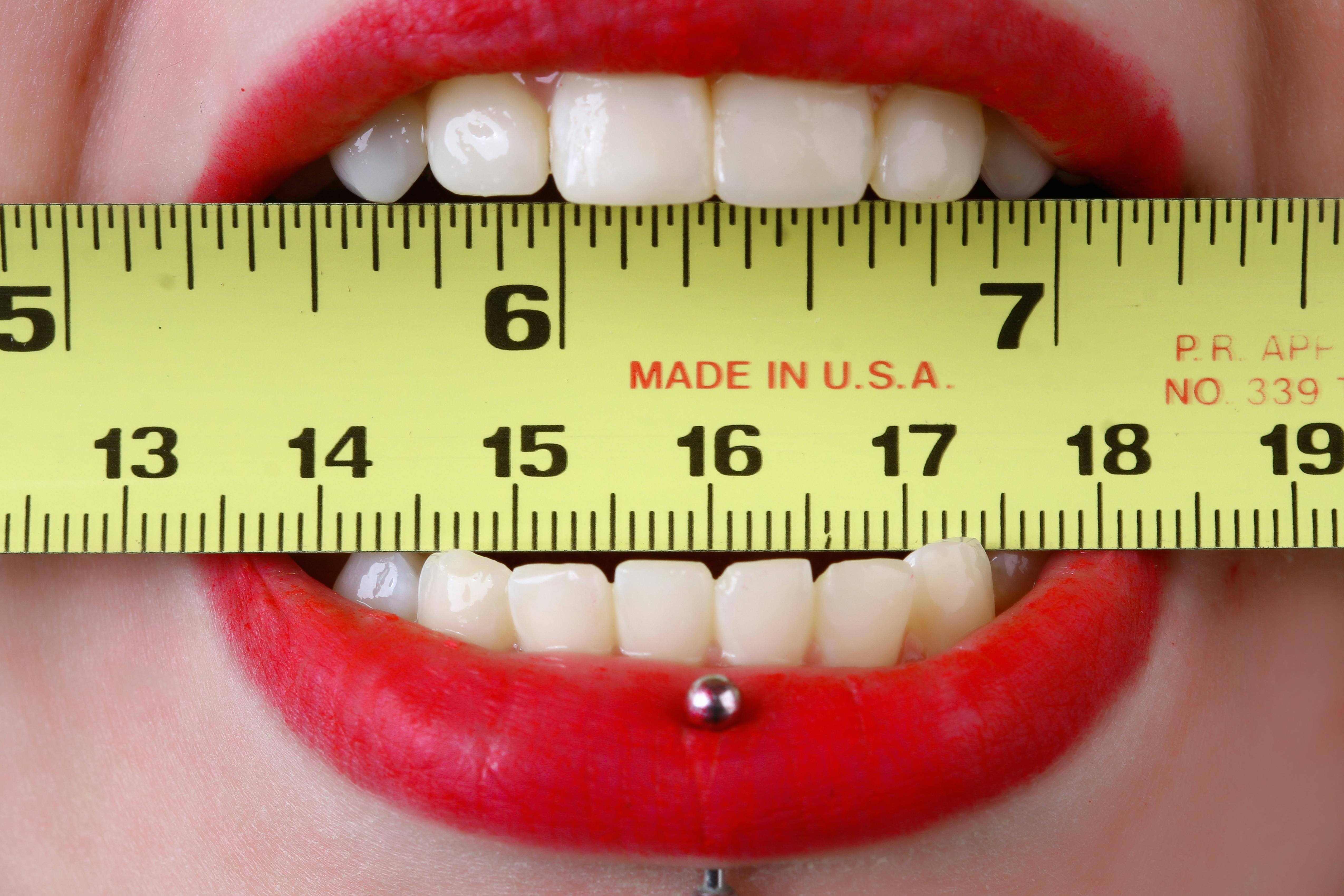When it comes to fitness and body aesthetics, many people focus on bulking up their arms, shoulders, and legs. However, a growing number of individuals are interested in knowing if they can make their wrists bigger. While it’s common to desire well-proportioned arms, the wrists, often overlooked, can become a focal point for those wanting a more balanced and muscular appearance. But is it really possible to make your wrists bigger?
In this post, we’ll explore the anatomy of the wrist, the role of genetics, and whether any exercises or techniques can effectively increase wrist size. Along the way, we’ll also dispel common myths and highlight what you can realistically achieve.
Understanding the Anatomy of the Wrist
The first thing to understand about wrist size is that your wrists are primarily composed of bones, tendons, and ligaments, rather than muscle. Unlike your biceps or calves, which consist largely of muscle tissue that can be hypertrophied (enlarged) through resistance training, the structure of the wrist doesn’t allow for significant muscle growth. Your radius and ulna bones make up the bulk of your wrist’s girth, and bones don’t increase in size with strength training.
According to Harvard Medical School, the wrist is a complex joint that connects the forearm to the hand and provides a wide range of motion. It consists of eight small bones, known as the carpal bones, which are connected by ligaments and tendons to the forearm bones. Because the wrist lacks significant muscle mass, the potential for increasing its size is inherently limited. You can read more about the wrist’s structure on Harvard’s Health site.
Can You Increase Bone Size?
One of the main reasons people can’t significantly change their wrist size is due to genetics. Bone structure and size are largely determined by heredity. If you have naturally thin bones, you won’t be able to drastically increase their width through exercise. While some bone density can be improved with weight-bearing activities, the actual diameter of your wrist bones is unlikely to change much after adolescence.
However, certain activities can help improve bone density, particularly if you engage in weight-bearing exercises. According to the National Institutes of Health (NIH), strength training can help maintain or increase bone density, especially as you age. While this won’t make your wrists wider, it can help improve overall bone health and strength. You can learn more about the role of exercise in bone health on the NIH website.
Strengthening the Muscles Around the Wrist
While you can’t significantly increase the size of the bones in your wrist, you can work on strengthening the muscles around the forearm and wrist, which may give the appearance of slightly thicker wrists. The muscles responsible for wrist movement—such as the flexor carpi radialis and extensor carpi ulnaris—are located in the forearm. Training these muscles can help improve grip strength and build the forearm muscles, making your wrists look stronger and more developed.
Exercises to Strengthen Your Wrists and Forearms:
- Wrist Curls (Palms Up): Hold a light dumbbell or barbell with your palms facing up. Rest your forearms on a bench or your thighs and curl the weights upward by flexing your wrists. This exercise targets the wrist flexors, which are important for improving grip strength.
- Reverse Wrist Curls (Palms Down): Similar to wrist curls, but with your palms facing down, this exercise targets the wrist extensors, helping to balance strength and muscle development around the wrist joint.
- Farmer’s Walk: Grab a pair of heavy dumbbells or kettlebells and walk a distance while keeping a strong grip on the weights. This full-body movement works your grip, forearms, and shoulders, indirectly helping your wrists become stronger.
- Towel Grip Deadlifts: Wrapping a towel around the barbell before deadlifting increases the difficulty of the grip, forcing your forearms and wrists to work harder. This variation is excellent for improving forearm strength, which may contribute to thicker wrists over time.
These exercises won’t necessarily enlarge your wrists, but they will build up the surrounding muscles, giving the appearance of stronger, more robust wrists. For more wrist and forearm exercises, you can visit Verywell Fit.
Addressing Fat Distribution
Another factor that affects the appearance of your wrists is body fat. People with a higher body fat percentage tend to have slightly thicker wrists due to subcutaneous fat storage in that area. On the other hand, individuals with lower body fat may have more defined, lean wrists. However, it’s important to note that spot reduction—the idea that you can lose fat from a specific part of the body by exercising that area—is a myth. Fat loss occurs evenly throughout the body based on genetics, not where you target your workouts.
According to Mayo Clinic, the best way to reduce overall body fat is through a combination of cardiovascular exercise, strength training, and a balanced diet. By lowering your body fat percentage, you may achieve a leaner look, but this won’t necessarily result in visibly larger wrists. You can read more about body fat distribution and how to lose weight healthily on the Mayo Clinic website.
Wrist Size and Health
While aesthetics are often the primary focus for those concerned about wrist size, there are more important reasons to ensure you have strong wrists and forearms. Your wrists play a crucial role in activities such as lifting, gripping, and pushing, which means strengthening these areas can help you avoid injury and improve athletic performance.
People with weak wrists are more susceptible to conditions like carpal tunnel syndrome, tendinitis, and wrist sprains. Strengthening the muscles around the wrists can enhance stability and reduce the risk of these issues. Wrist strength also contributes to overall grip strength, which is essential for daily activities, from carrying groceries to lifting weights. You can learn more about wrist health from the American Academy of Orthopaedic Surgeons.
Wearing Wristbands or Braces
For those seeking a temporary solution to increase the appearance of wrist size, wristbands or bracelets can add bulk and draw attention to the area. However, this is purely an aesthetic fix and won’t result in long-term changes to your wrist’s physical size.
Additionally, some people wear wrist braces to support their wrists during heavy lifting or physical activity. While these tools can help protect your wrists from injury, they won’t contribute to making your wrists bigger in any meaningful way.
In conclusion, your wrist size is largely determined by genetics, and there’s little you can do to significantly increase the diameter of your wrist bones. However, through strength training and targeted exercises, you can improve the muscle definition around your forearms and wrists, which may give the appearance of thicker wrists. Additionally, paying attention to body fat distribution and maintaining strong wrists through exercise can contribute to overall health and injury prevention.
Ultimately, focusing on developing a balanced fitness routine that includes wrist and forearm exercises is the best way to enhance the function and appearance of your wrists. While you may not be able to dramatically change your wrist size, you can certainly work toward building stronger, healthier wrists.



